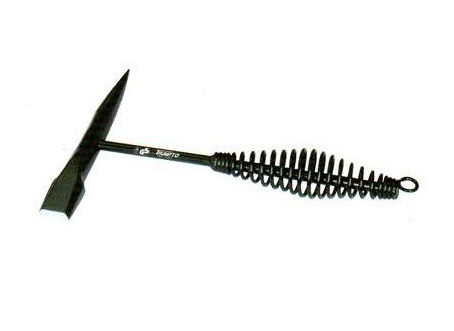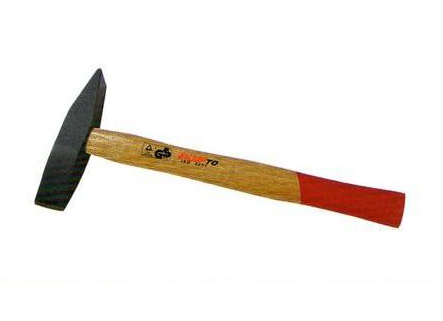Selecting the Right Chipping HammerChipping hammers are indispensable tools in various industries, used for tasks ranging from concrete removal to metal fabrication. Choosing the right chipping hammer is crucial for efficiency, safety, and achieving optimal results. This guide will help you navigate the factors to consider when selecting a chipping hammer for your specific needs.
Types of Chipping Hammers
Chipping hammers come in different types, each designed for specific applications. Understanding these types will help you make an informed decision:
1. Pneumatic Chipping Hammers
Powered by compressed air, pneumatic chipping hammers are suitable for heavy-duty tasks. They are commonly used in construction and metalworking for chiseling, scaling, and breaking concrete or metal surfaces.
2. Electric Chipping Hammers
Electric chipping hammers are convenient for indoor applications where access to compressed air might be limited. They are typically lighter and more maneuverable, making them suitable for tasks like tile removal and surface preparation.

Chipping Hammer
3. Demolition Hammers
Designed for heavy-duty demolition work, demolition hammers have a larger size and more power. They are capable of breaking through tough materials like concrete and masonry, making them ideal for construction and renovation projects.
Factors to Consider for Selection
When choosing a chipping hammer, consider the following factors:
Power Source: Decide between pneumatic or electric based on your project requirements and the availability of power sources.
Application: Determine the specific tasks you'll be performing, such as chiseling, scaling, or heavy-duty demolition, to select the appropriate type of chipping hammer.
Weight and Size: Consider the weight and size of the chipping hammer, ensuring it is suitable for the duration and nature of your work. Lighter hammers are more maneuverable for precise tasks, while heavier ones may be necessary for larger-scale projects.
Vibration Control: Look for features that reduce vibration, as prolonged exposure can cause fatigue and potential health issues. Ergonomically designed handles and anti-vibration technology contribute to user comfort.

Chipping Hammer
Questions and Answers
Q: Can chipping hammers be used for detail work?
A: Yes, some chipping hammers, especially lighter electric models, are suitable for detail-oriented tasks such as tile removal or sculpting. Choose a hammer with the right attachments for precision work.
Q: Are there safety considerations when using chipping hammers?
A: Absolutely. Always wear appropriate personal protective equipment, including safety glasses, ear protection, and gloves. Follow proper operating procedures, and be aware of potential hazards to ensure a safe working environment.
Q: Can chipping hammers be rented for short-term projects?
A: Yes, many equipment rental providers offer chipping hammers for short-term or one-time use. This can be a cost-effective option for occasional or specific projects.
By carefully considering the type, application, and key features of chipping hammers, you can make an informed decision that aligns with your project requirements. Whether you're working on construction sites, metal fabrication, or DIY projects, selecting the right chipping hammer is essential for achieving efficient and effective results.







